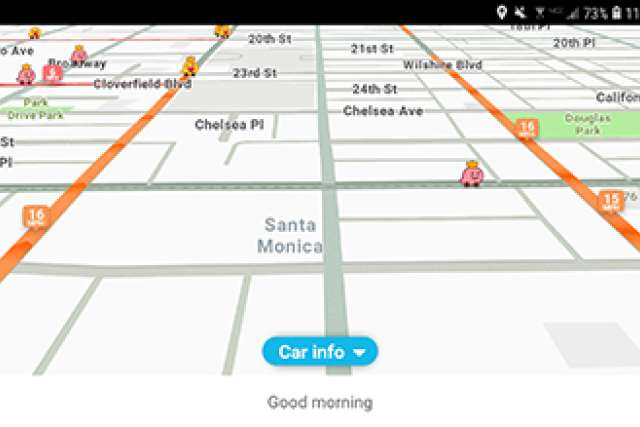FINDINGS
Waze, the crowdsourced traffic application, could potentially help first responders reach a car crash in half the time it currently takes. A study by UCLA and UC Irvine researchers found that crash-related reports from Waze users came an average of two minutes and 41 seconds earlier than reports received by California Highway Patrol emergency personnel. In cases when a crash was reported by multiple Waze users, the earliest reports were submitted even faster — an average of four minutes and three seconds prior to a CHP report.
BACKGROUND
More than 100 people die and 2.5 million are transported to emergency departments each year in the U.S. due to motor vehicle collisions. The time between a 911 call and the arrival of emergency medical service units to accident sites generally ranges from seven to 14 minutes.
METHOD
Researchers examined data on collisions, road hazards and weather conditions between June 12 and August 1, 2018, from the CHP (7,776 collision reports) and Waze (406,559 user reports). Their model included report time, location, type of incident and user confidence in the reports.
The study's limitations include the inability to validate the accuracy of Waze reports. Also, the researchers cannot determine whether the findings would also apply to rural areas or to other states.
IMPACT
Emergency services could use Waze users' accident reports to more quickly dispatch crews to accident sites, and emergency centers could be better prepared to receive people who are injured patients, which could lead to better medical outcomes.
AUTHORS
The study's authors are Sean Young, a professor of family medicine at the David Geffen School of Medicine at UCLA; Wei Wang, a professor of computer science at the UCLA Samueli School of Engineering; and Dr. Bharath Chakravarthy, a professor of emergency medicine at the UC Irvine School of Medicine. Young is also affiliated with the department of emergency medicine at UC Irvine.
JOURNAL
The paper is published in JAMA Surgery
FUNDING
This study was funded by the National Institute of Allergy and Infectious Diseases and the National Human Genome Research Institute.



